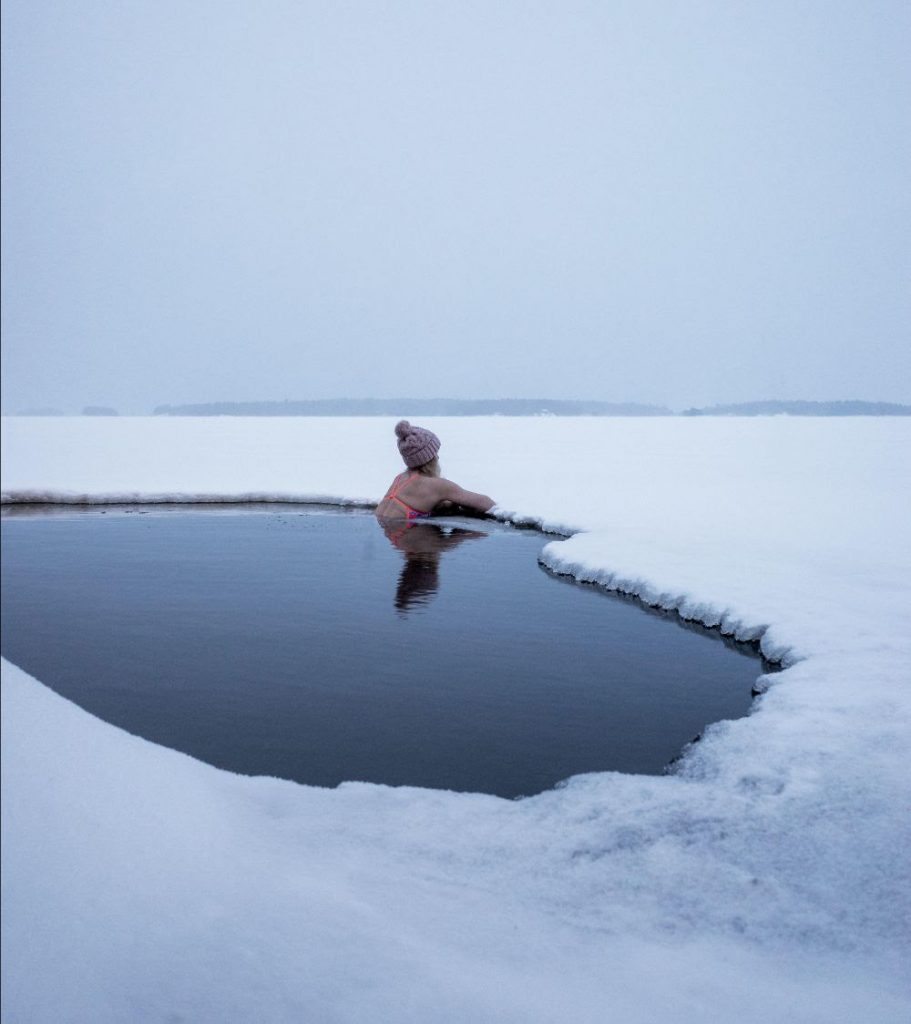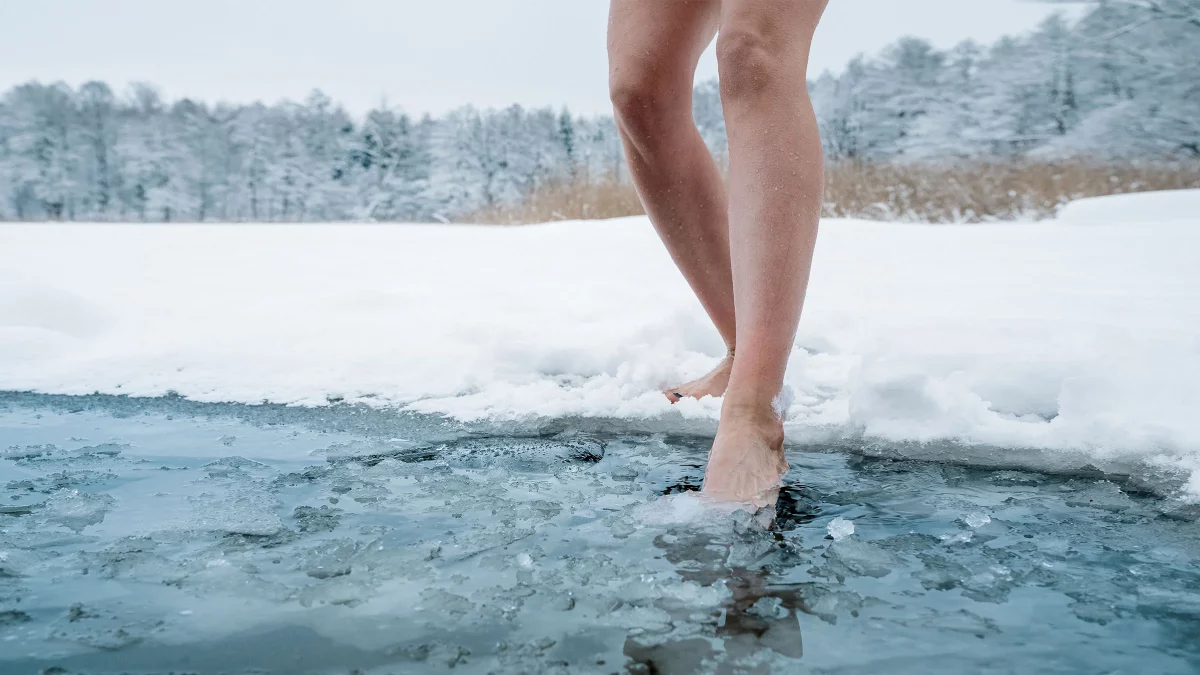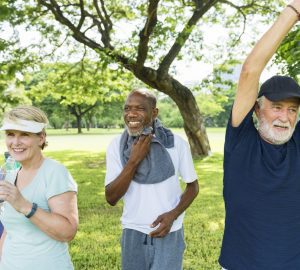Cold therapy has received a lot of attention over the past few years. Cold therapy is simply exposing your body to low temperatures, either through cold water immersion (cold tubs or ice baths), cryotherapy chambers (exposing yourself to freezing dry air for a few minutes), contrast therapy (alternating between hot and cold), or simply taking a cold shower. Athletes have long used cold tubs to help recover after exercise by decreasing inflammation and muscle soreness. While it’s unclear how much cold tubs improve athletic performance, many athletes still opt to sit in cold water after a training session because it just feels good! However, not just athletes are turning to cold tubs. Cold therapy can also boost focus and improve mental health, and recent research suggests that it can improve metabolic health as well.
One of the hypotheses as to why cold therapy is beneficial is that it is a form of hormesis. Hormesis is a low-dose short duration stressor that primes the body for future larger stressors. Basically anything that stresses our body temporarily, such as exercise, sauna use, intermittent fasting, or cold exposure, allows the body to adapt and create defence mechanisms to protect it against future damage. Research suggests that, while uncomfortable and stressful in the moment, cold therapy elicits adaptations in the body that can improve both mental and physical health.
When we’re exposed to extremely cold temperatures, our body immediately triggers a stress response. Our sympathetic nervous system is activated and there is an increase in the production and release of norepinephrine (adrenaline) to help us perform better mentally and physically. Norepinephrine is produced in both the adrenal glands and the central nervous system – acting as both a hormone and neurotransmitter. The release of norepinephrine in the brain has been shown to improve concentration, focus, and alertness for hours afterward. This is why taking a cold shower in the morning is an effective way to boost your focus! Cold therapy can also increase the amount of beta-endorphins in the blood, which produce feelings of euphoria, regulate the reward systems in the brain, and help to diminish activity in areas of the brain related to stress—the same effects you get from exercise and meditation. Basically, cold therapy might be able to give you the sensation of a “runner’s high” without the running!
Recent research also suggests that cold therapy can trigger the activation of brown adipose tissue to help retain heat. Brown fat has a much higher concentration of mitochondria than white adipose tissue, and its main role is to produce heat by increasing metabolism (non-shivering thermogenesis). There is also some evidence to suggest that cold therapy can increase the production of new mitochondria. As mitochondria are responsible for producing the majority of the energy required by the cell, increasing the production and activation of mitochondria improves metabolism and lowers the risk of developing metabolic diseases such as cardiovascular disease, type 2 diabetes, and Alzheimer’s disease.
Finally, cold exposure is of course uncomfortable. The cold receptors in your skin are the same receptors that sense pain, so you will perceive the cold as painful. It will, however, make you mentally tough and can boost resilience! Once you’ve had an ice-cold shower to start your day everything else in your day seems easier by comparison.
Note that you should be careful when trying out cold exposure. As it’s very shocking, there is a danger that you could hyperventilate, causing you to blow off your carbon dioxide (which makes the blood vessels in your brain shrink) and pass out. Make sure you’re not alone when you’re starting out and don’t spend more than 5-10 minutes in whatever cold exposure you’re doing to avoid hypothermia.

This week’s challenge: Start with a cold shower
If you’re not quite ready to take an ice bath, a cold shower is a good way to test out the Power of Cold. The next time you take a shower, turn the temperature to cold for the last 30 seconds. This will be uncomfortable, so try to breathe slowly and concentrate on the moment. Over time this will get easier and easier, and you might be able to increase the cold water time. You’ll be surprised by how good you feel afterwards!
Author Bio
Greg Wells is the CEO and founder of Wells Performance, a global consulting firm on a mission to elevate how we live our lives at work and in life. He has worked with some of the highest-performing individuals on the planet, including Olympic and world champions and elite organizations including General Electric, BMO, Deloitte, KPMG, BMW, Audi, Sysco Foods, YPO and Air Canada. He is also committed to inspiring children and young adults, working with school boards and independent schools around the world.








